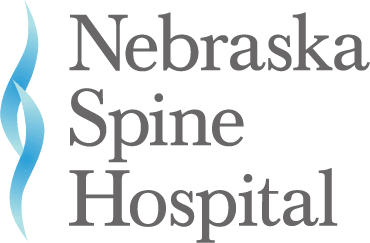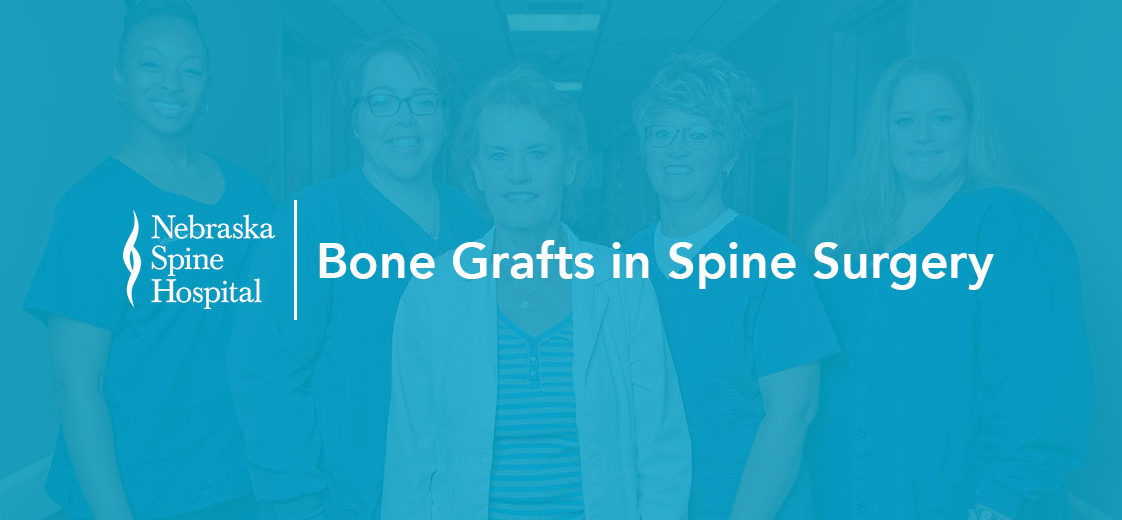Frequently asked questions about bone grafting
How big is the incision for a bone graft taken from my hip?
The incision for a bone graft can vary but is generally 1½ – 2 inches long.
Are there any alternatives to having a bone graft taken from my hip?
The alternatives to using a bone graft from the patient’s hip are to use local bone, cadaver bone, or a bone graft substitute.
What are the differences between bone taken from my hip and donor bone?
The bone taken from the patient’s hip has a higher fusion rate than donor bone.
What are the potential complications from harvesting bone from my hip?
There are potential complications with any surgical procedure. The complications most often associated with harvesting bone include infection, bleeding, or chronic pain. However, after healing, most patients experience no complications.
Bone grafts in spine surgery are most commonly used to help fuse vertebrae together during a spinal fusion surgery. A bone graft is a tiny piece of bone that acts as the cement to fuse the vertebrae together. Bone grafting can be done with three different types of grafts:
- Autograft – pieces of a patient’s own bone
- Allograft – processed bone from a bone bank
- Bone graft substitute – demineralized bone, ceramic extender, or bone morphogenetic protein
According to Spine-Health.com, autografts are considered the gold standard of today. However, they aren’t the best option for all patients.
To harvest a patient’s own bone to use as bone grafts in spine surgery, a second incision is made over the back of the pelvis. Bone is removed from the iliac crest and placed along the prepared site where the top layer of bone was removed. This bone eventually grows in place, fusing the spine and providing additional stability. The area the bone is taken from can be quite painful until fully healed.
Allografts can be used when autografts aren’t recommended. Similar to how blood banks work, bone banks collect, evaluate, and store bone. The bone is donated by the recently deceased and checked for cause of death and medical history, including viruses such as HIV and hepatitis. The bone is then treated before it is used as a graft, making the risk of getting a disease from an allograft very slight.
To learn more about bone graft substitutes, watch this video of Dr. Longley’s explanation of bone morphogenetic protein.

